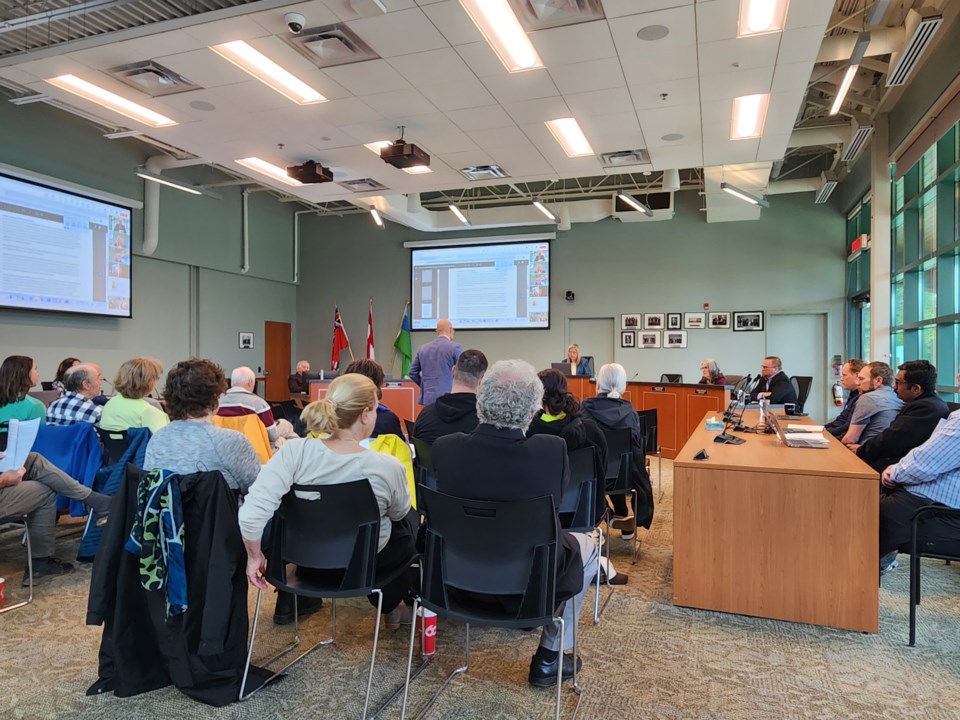CollingwoodToday welcomes letters to the editor at [email protected] or via the website. Please include your full name, daytime phone number and address (for verification of authorship, not publication). The following letter was sent in response to an article about council pausing the servicing for the future site of the "Campus of Care," which includes long-term care beds, retirement living, staff housing, and family housing.
The recent article “Campus of Care confusion, is TBM’s big project in limbo?” vividly captures the procedural fumble at the committee of the whole but sorely misses a crucial issue: the advancement of servicing 125 Peel Street South without a "secondary plan" for Thornbury West.
A secondary plan is essential as it guides development outside the primary settlement area, addressing land use, housing, transportation, and infrastructure to balance growth with community, environmental, and economic needs.
No such plan is underway, yet TBM is aggressively pursuing the Campus of Care development at 125 Peel Street South. This development includes three three-storey and six five-storey buildings on 18.7 acres of land, a scale that far exceeds the initially proposed 160-bed long-term care facility. This level of intensification risks not only hasty and haphazard planning, but also a profound alteration to our community’s character, threatening both its charm and heritage.
Moreover, TBM has streamlined and expedited this development process using the Community Infrastructure and Housing Accelerator (CIHA)—a provincial tool designed to fast-track development by sidestepping established planning practices and curtailing public consultation.
At the committee of the whole, my neighbours and I underscored the disturbing lack of transparency and public engagement in the servicing of 125 Peel Street South. The traffic impact study, for instance, is both incomplete and inaccessible to the public, and the current traffic plans, including the positioning of entrances and the potential need for additional traffic control measures, were questioned for their adequacy and safety implications.
Additionally, our environmental concerns, such as the potential loss of mature trees and the impact of developments on local ecosystems, are alarmingly disregarded in the rush to develop.
I recognize the need for assisted living and long-term care facilities but insist that these developments adhere to thoughtful and inclusive planning practices.
Without a secondary plan, critical assessments of traffic, environmental impacts, and overall community character are overlooked, and crucial stakeholders like the Ministry of Transportation and local residents are excluded from a process that should be holistic and community-focused.
As we stand at a crossroads, we must ask ourselves whether we want a development that is merely expedient or one that exemplifies good planning practices. One that stifles community engagement or one that listens to the community’s voice. Let’s champion the latter over the former and uphold the integrity of proper planning processes.
Paul Reale
Thornbury, Ont.



